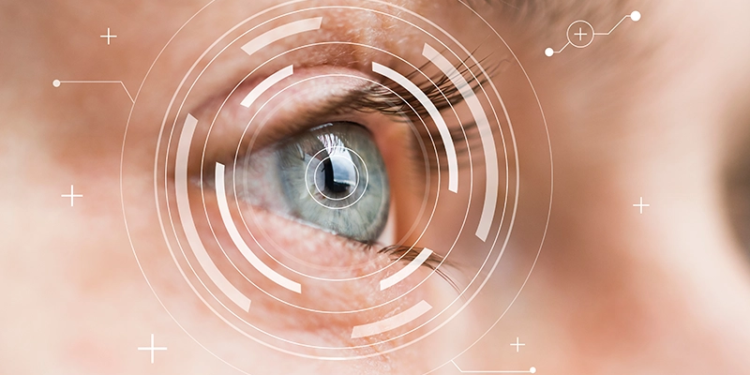Here is the original post, followed by replies. Thank you for the input.
> I dispense a handful of CROW boots a year, mostly for very sedentary
> clients with wound issues.
>
> I have one client that is very active in bilateral boots ( I have
> tried to talk her and physician into using custom shoes, but they
> don’t want shoes, and I think it is crazy, but ..I digress). I think
> it is due to her high activity level her boots are constantly
> squeaking. I have tried many designs over the years to address this
issue, but nothing works really well.
> The best solution I have found is a bit of olive oil in the areas that
> are making the noise!
>
> Looking for your design features that may help stop this???
> >
> I typically use an aliplast liner (or more) with polypro posterior shell.
> >
> Anterior shell same thing, but I try not to have the anterior shell “lock”
> against the posterior shell, with aliplast riding over the posterior
shell.
I apply petroleum jelly to the back side of the Dacron straps that are
rubbing and squeaking against the plastic, I then heat it and it melts into
the straps, I also apply to overlap joint
Hey Derek. I’m not sure if this helps but we reinforce the anterior shell by
adding corrugation around the dorsum of foot area…usually some strip of
duraflex in a criss-cross pattern to prevent any flexing..maybe thats a
cause of the squeak? This is one variation of what we do. Hope it helps.
You can rough up the lip that overlaps the anterior and posterior section of
the CROW, using your grinder/troutman, as the “squeak” is typically from
smooth against smooth material. Works every time.
I find that talc works better than wet lubricants. Doesn’t last forever but
a little dusting of the edges of the anterior overlap works well for me.
Probably need to apply at least daily depending on activity level and
humidity etc. Good luck. If you try it I would remove any residual olive oil
that may be on there or you’ll have a pasty mess.
Look at ortho America’s designs -you don’t need to do a rigid overlap
anterior shell necessarily. And you don’t need the entire anterior shell to
overlap the entire posterior section – try cutting back the lip at the ankle
area of both sides Where most of the movement takes place. This should do
the trick! Also you can do a carbon fiber posterior section with a plastic
anterior section with interior skived puff instead of the overlap the design
ShearBan or GlideWear from Tamarack. See their website for shear reduction.
Line the rim of the boot where the anterior makes contact with car door
trim, it’s rubbery and compressive.
Have you tried using any BOA style closures?
I see a lot of patients with Crow boots. The problem you are having is when
the plastic somes together from eithside it moves and sqeaks. What you have
to so is to roughen one side of the plastic and this will stop the sqeaking.
Hi Derek,
I had this issue many years ago & this forum or O&P tech led me to the
answer & it worked for me!
-DO key in the anterior to the posterior.
-DO NOT extend the anterior aliplast over the posterior plastic
-Most importantly, create a sharper-than-usual bevel to the inside edges of
the anterior shell in every place the anterior comes in contact with
posterior. I’m talking about nearly 45 deg bevel, with a normally-rounded
outer edge.
I guess the plastic was curling in & any motion was causing the squeak.
Removing the edge eliminated the squeak for me. I had previously tried
talcum powder, silicone spray & Vaseline. Each helped temporarily, but
re-application too quickly. I never tried olive oil.
First, I would caution you of saying that you use them for wound care. CMS
states that they will not be covered for “offloading.”
Secondly, to address your main question. If you take the boot apart (front
and back) you will see the area that is causing the squeak. It will be a
visible rub spot. I typically take mole skin or shear ban and simply cover
those areas. These materials are thin enough to not change the mold yet
solve the issue. Gorilla tape works too! Hope that helps.
We had this issue over the years and we changed our fabrication process. On
the outer clamshell we have a plastic to plastic connection and not any
aliplast to plastic touching (this is what is causing the noise and squeak).
The plastic to plastic edge is what always works the best.
I have lined entire overlap edge with thin piece of leather so AFO section
rubs against leather only.
Sometimes talcum powder (or non-toxic equivalent) will help reduce the
noise. I look at the liner and the shell contact areas to see if there is
any obvious point of friction. You may be able to sand spots locally to
reduce the rubbing. Also check the anterior shell to ensure it is not
warping or buckling when the patient is in terminal stance phase. If the
anterior shell is bending in any way the patient may need a heavier gauge
thermoplastic.
Thanks
Derek Kozar M.Sc., C.O.(c)
Certified Orthotist
Clinical Orthotic Consultants of Windsor, Inc.
316-3200 Deziel Dr.
Windsor, ON
N8W 5K8
519-944-8340 (office)
519-944-8360 (fax)
519-982-1747 (cell)




